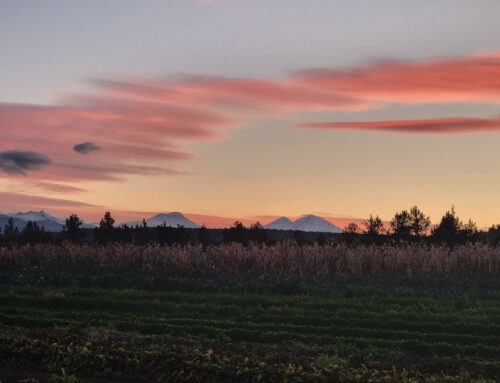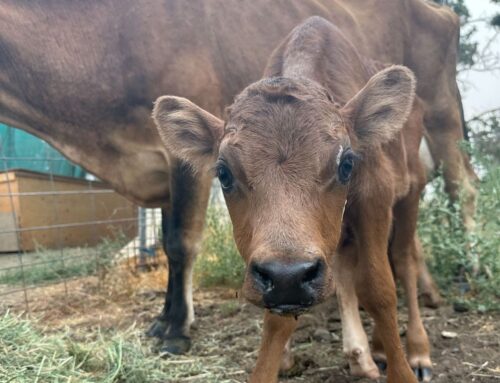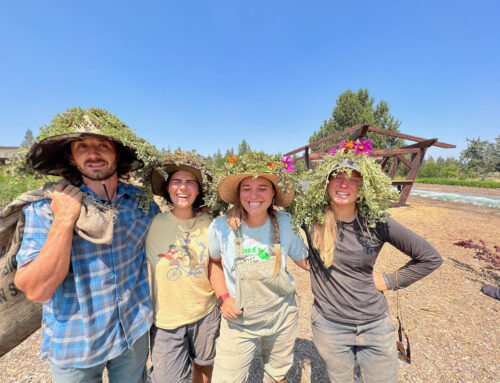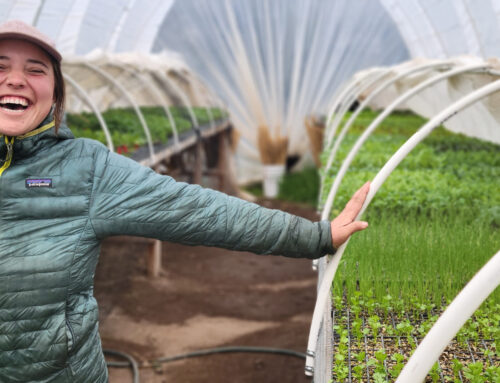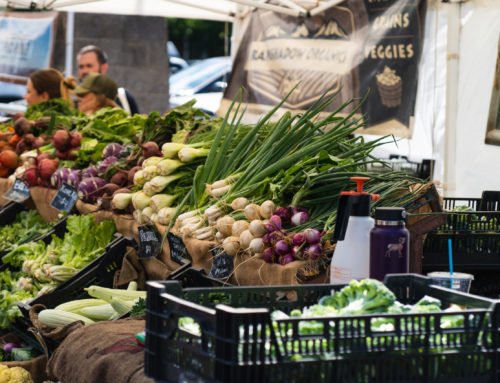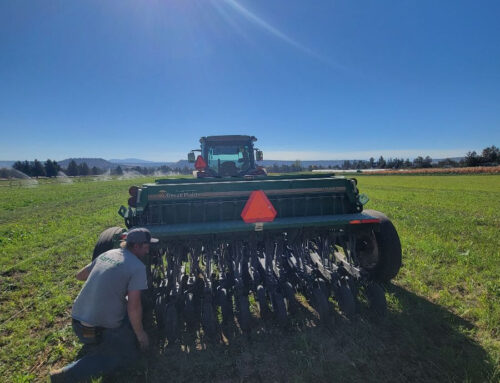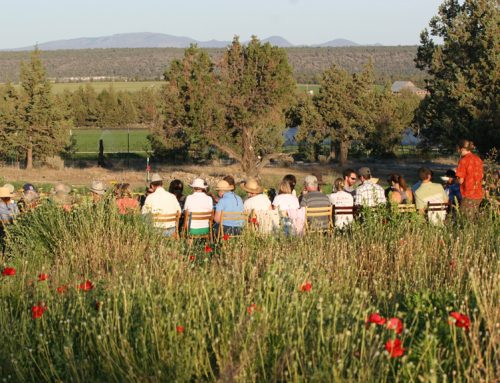|
Every other week or so the farmers will write the Sunday CSA letter. This will bring a different tone and story to your inbox and come even closer to telling the full story of the diversity that is Rainshadow Organics.
|
This week, our newsletter is written by Angela

Where are you from? Born and raised in Portland, Oregon. Moved to Bend last summer and just this January settled in Sisters.
Why Rainshadow? I chose to join the Rainshadow team out of a love for sustainable farming and reverence for local foods. I’ve farmed for the last 4 years on homestead permaculture farms and had a particular desire to experience farming on a larger scale with the full diet aspect in full
force.
What do you hope to learn at the farm this season? I hope to gain a better understanding of how to officially set up a small scale farm that the public can tap into for education. I also am excited to learn about the growing, harvesting, and storing of beans and grains.
Where do you find your inspiration? My inspiration comes from so many things… future generations, my family, beautiful food, music, sustainable living, watching others genuinely living their virtue.
News from the Farm
Greetings from the fields and kitchen at Rainshadow!
This last week was dynamic to say the least! Experienced the full spectrum of feels on the farm; chicken harvesting, glorious aroma therapy herb harvesting, mega-weeding for event-beautification in our 2-acre garden, embodying the endurance of our inner child doing “the crawl” (hands and knees weeding) in our 25 acre, and getting our healthy peppers transplanted into the hoop houses!

|
|
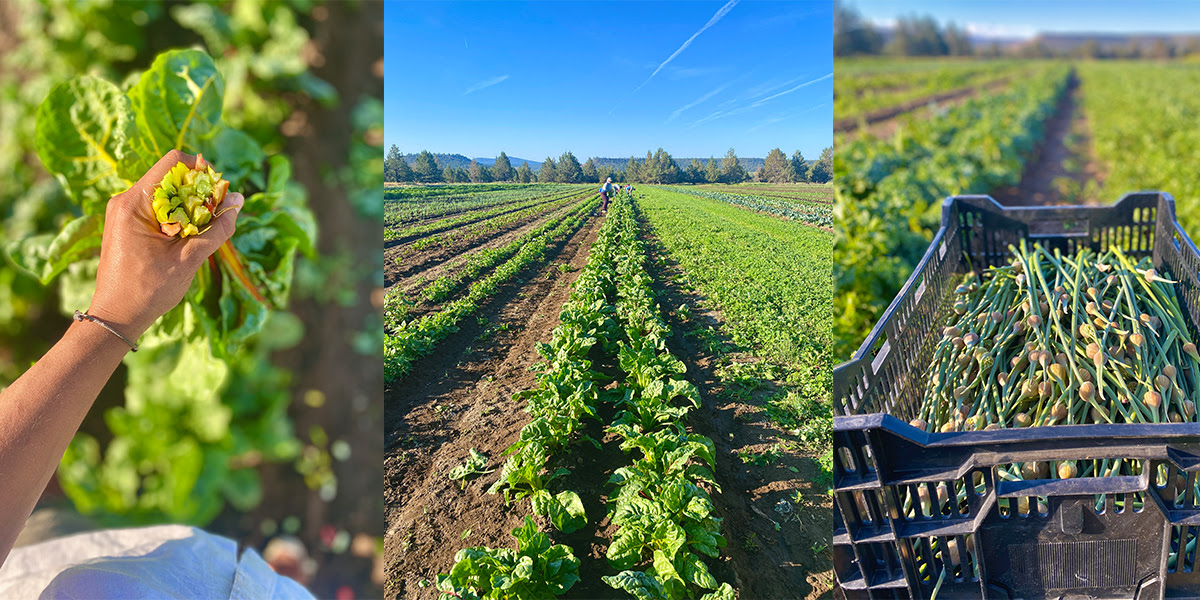
|
|

|
photo credit: Angela Lariza
|
Vegetable ID: Yukina Savoy |

Yukina Savoy is one of our favorite Asian Greens. It is dark green with ribbed almost wrinkly leaves and has a very milk and sweet flavor. We love making salads out of Yukina (it is an excellent spinach substitute) or sautéing/stir frying it. And don’t be afraid of those dark brown blemish spots. Those are just flee beetle bits and a great reminder that we are organic. If they were perfect, we would be spraying with chemicals you don’t want to eat 😉
To store: Place whole in a plastic bag in the refrigerator for up to a week.
To prep: Wash and chop into the size of pieces you want.
To use: Yukina is great raw in salads (think spinach) or as a bok choy replacement in stir frys, ramens, etc.
To freeze: We highly recommend eating this fresh instead of freezing.
|
|
|
potatoes
radish
salad mix
turnip
oregano
peas
mint
lemon balm
lovage
baby fennel
yod fah
chard
dill
beets
arugula
asian greens
carrots
kale
kohlrabi
lettuce heads
rhubarb
zucchini
basil
green onions
cilantro
cucumber
|
|
|
|
|
|
|
|
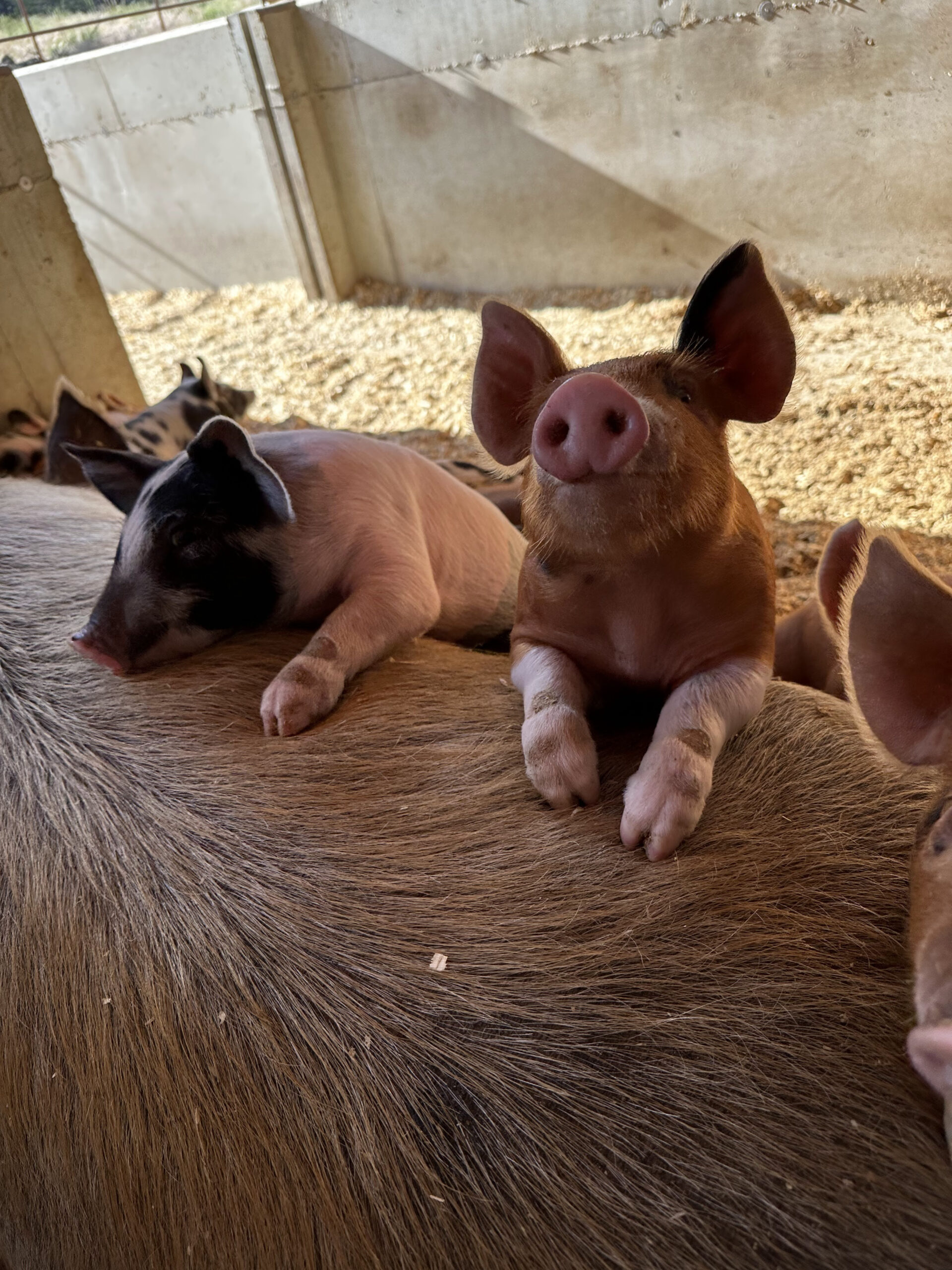
Just a bit of cuteness for your day! We will see you Wednesday, July 5! Don’t forget your reusable shopping bags (especially for getting things like salad greens)!
The Farm Crew




